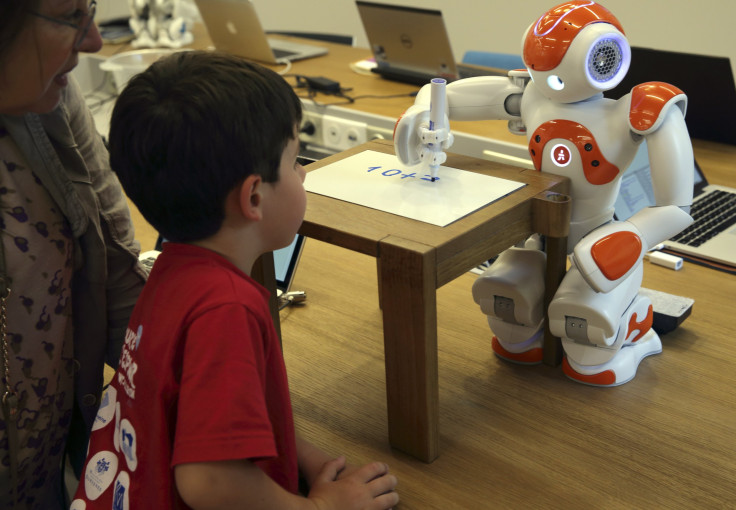South Australian schools use robots to assist teachers and improve curriculum in world-first study

In an Australian first, researchers have placed robots in two schools to determine how artificial intelligence can be effectively incorporated into the Australian curriculum. To date, there are no evidence or research that suggest how robots can assist teachers and students in schools, although robots have occasionally been used in classrooms before.
The current research is being demonstrated in primary and secondary school curriculums in schools in South Australia with a set of NAO robots manufactured by Aldebaran. In the study, NAO robots are being used to establish the guidelines of the use of robots in education in the future.
The Swinburne University of Technology in Melbourne, which leads the three-year research project, aims to see how robots might both help and distract students. As robots increasingly become a part of society, Australian schools should be encouraged to prepare students with the skills they need for the future, said lead researcher Therese Keane.
As part of the research, regular teachers at the participating schools will evaluate the robots through regular online surveys, which will be used by the researchers to analyse the way the NAO robots are being used to educate the students, and encourage class engagement. The survey also seeks to find out the challenges teachers and students face when it comes to using robots in the classroom.
However, the robots won't be used as high-tech teaching machines to lead the classroom. Instead, researchers aim to introduce robots into the school curriculum to help students engage in activities as well as give them first-hand access to coding and programming.
"Coding has been identified as a necessary skill for the next-generation of workers. These robots give the students an accessible and fun way to practice and improve their coding skills," Keane said.
NAO robots also have special interactive features inside the classroom, Keane added, as they can be programmed by the students to talk, dance and move around using a software on the computer. The researchers hope these key features will also inspire students to explore more about how artificial intelligence works.
"Through the three year research program, we hope to identify the ‘best practice’ way that robots can be implemented into school curriculums. We want the robots to improve classroom learning, not simply be a novelty or distraction," Keane stated. The project is being conducted with the Association of Independent Schools of South Australia, Queensland University of Technology and the University of Queensland.
Contact the writer at feedback@ibtimes.com.au or tell us what you think below





















